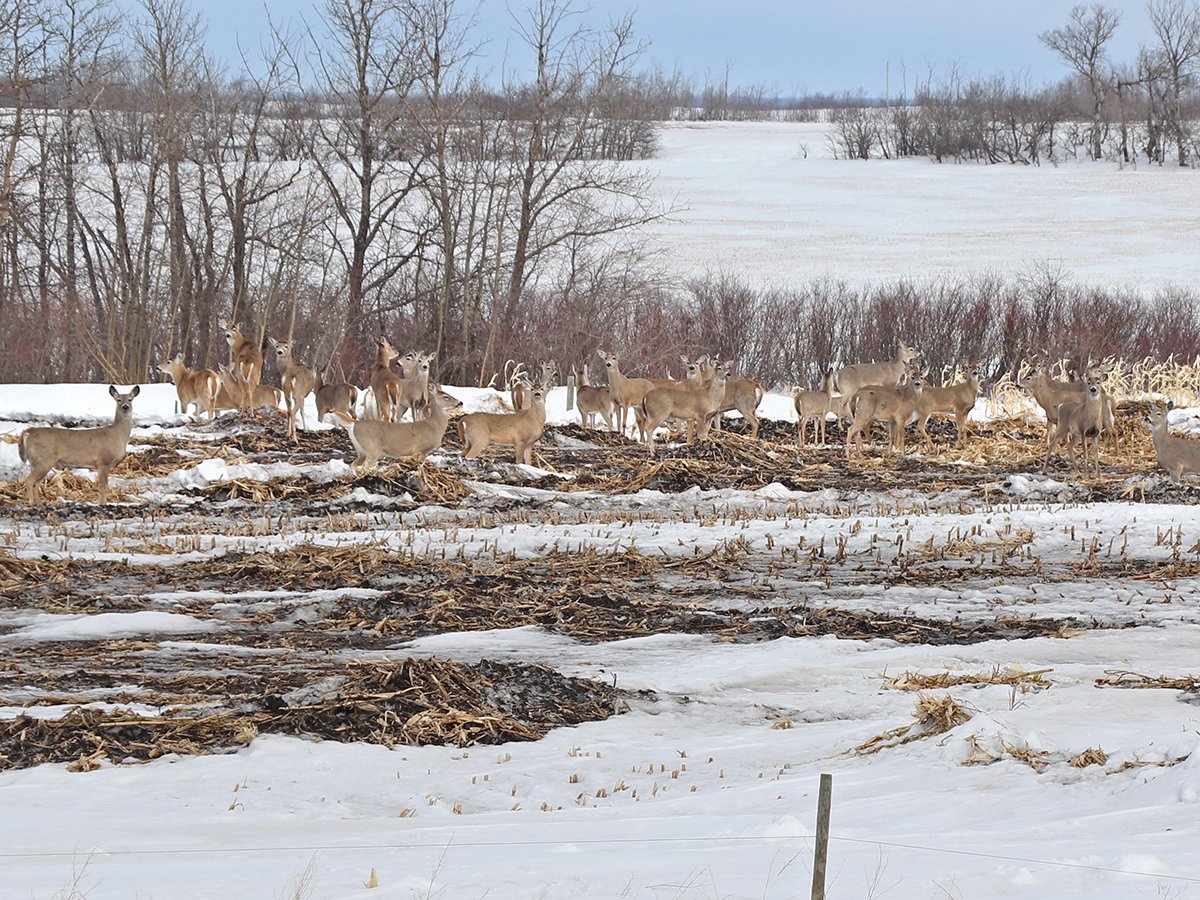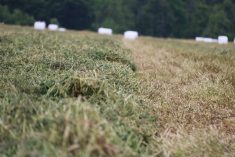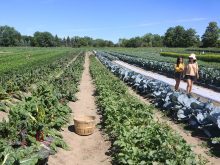LETHBRIDGE – The Canadian economy has lost $3 billion due to two cases of bovine spongiform encephalopathy, says an Alberta trade policy analyst.
Nithi Govindasamy of Alberta Agriculture’s policy secretariat said the impact has been greatest for the Alberta cattle industry. Losses to the feedlot sector are estimated at about $700 million since trade stopped after the May 20, 2003 case was announced.
The Canadian cattle industry may be down but it is not out, said the policy analyst.
“Although the impacts of this particular issue of BSE are deep, I think there are many opportunities out there and some are already being taken advantage of,” said Govindasamy. He spoke at the Tiffin lecture, an agricultural speakers’ series held annually at Lethbridge Community College.
Read Also

Foot-and-mouth disease planning must account for wildlife
Our country’s classification as FMD-free by the World Organization for Animal Health has significant and important implications for accessing foreign markets.
Canada went for 113 days without exporting any beef or live animals until the United States and Mexico agreed to accept certain cuts of boneless beef and some offal products like liver and tongue from cattle less than 30 months of age. Ground beef is not included.
The Canadian Feed Inspection Agency certified 223 million pounds for export, up to Dec. 31.
Getting beef into those markets saved the Canadian industry from collapse.
“The system is still operating, although in somewhat of a dysfunctional manner because there is no (export) trade for live cattle,” said Govindasamy.
Since a BSE case was found in Washington state Dec. 23, 52 countries have stopped buying U.S. beef.
Although the infected cow was tracked back to Alberta, there have been no changes in Canada’s trading status. It could ultimately replace American beef in Mexico and Caribbean nations.
Mexico’s embargo will continue on American beef until a risk analysis has been done, said a trade representative at the Mexican embassy in Ottawa.
“We’re in the process of a risk analysis to see if we can partially open the border for the U.S.,” said Alejandro Trujillo.
He expects the rules applied to Canada will be the same for the U.S. This includes a complete ban on live animals.
The loss of live animal trade has left Canadian ranchers feeling uncertain about their future. If the borders reopen to animals younger than 30 months, 85 percent of Alberta’s trade would be restored.
Proposed rules from the U.S. Department of Agriculture on live trade were suspended pending the outcome of the investigation of the Washington case.
So far, the whereabouts of 14 cattle from the quarantined dairy herd are unknown. An international investigation of procedures similar to what was done in Canada comes next. That could take six to eight weeks. Govindasamy said no action on the rule is likely until those investigations are complete.
In addition, the Americans could further delay trade by deciding to write new rules to replace the original proposal.
There is no indication when older animals or breeding stock may be included for export.
To put the size of the industry in context, in 2002 Alberta slaughtered 2.3 million head of cattle. In total, the national kill averages three million head annually. More than 70 percent of the Canadian feedlot cattle are in Alberta. The province’s total cattle herd is one of the largest in North America, at 5.2 million head.
The majority of Alberta-based cattle went through federally approved plants. About 30,000 head were processed in provincial abattoirs. None of those are allowed to leave the province.
Globally, world beef production in 2002 was 51 million tonnes. Canada sits in the No. 10 spot in terms of production but was the fourth largest exporter behind Australia, the U.S. and Brazil.
Canada’s major customers were the U.S., Mexico and Japan.
In 2002 Japan imported 700,000 tonnes of beef from the U.S., Canada, Australia and New Zealand combined. Some years imports ran as high as one million tonnes.
Japanese delegations traveled to Australia and New Zealand looking for quality beef to replace North American supplies. However, they are learning there is not enough beef to fill their requests.















